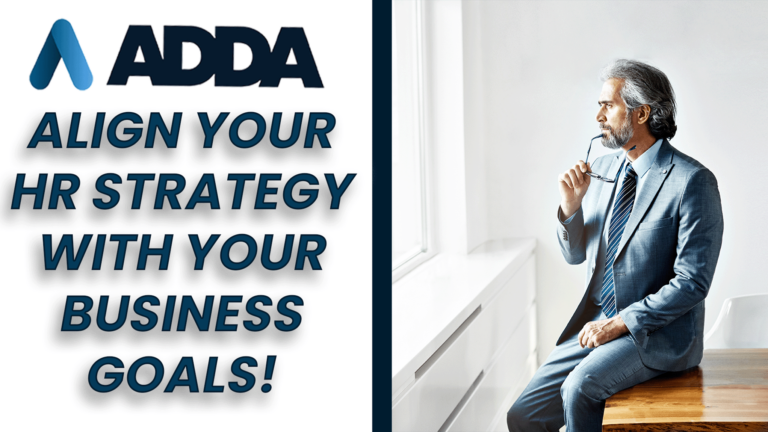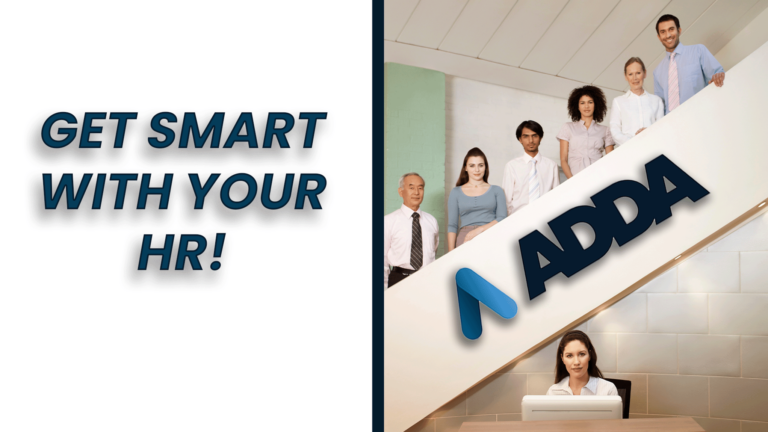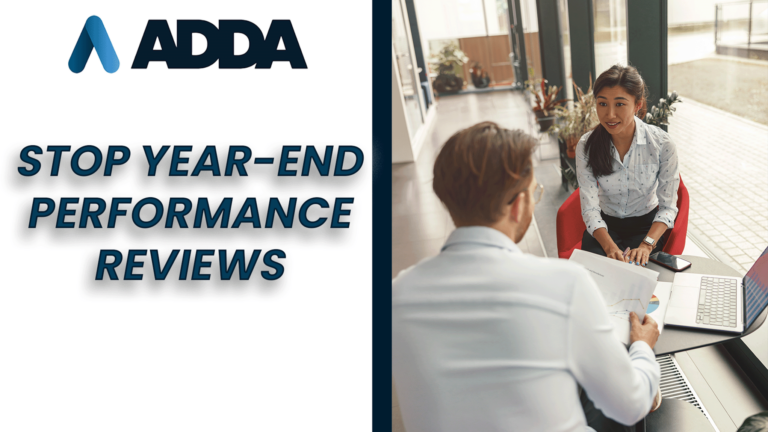Managing outsourced HR efficiently can be the key to unlocking growth and success in your small to medium enterprise (SME). But with a myriad of HR service models available for SMEs, how do you choose the right one for your business? Let’s dive into the three primary HR service models—PEO, HRO, and ASO—and explore how each can serve your unique needs.
The Basics of HR Service Models for SMEs
First things first: what exactly are outsourced HR service models, and why are they crucial for SMEs? Simply put, outsourced HR service models are frameworks that outline how HR functions are delivered within a business. For SMEs, outsourcing HR can offer significant benefits, including cost savings, access to expertise, and improved compliance with ever-evolving regulations.

Professional Employer Organization (PEO)
What is a PEO?
A Professional Employer Organization (PEO) acts as a co-employer, sharing employment responsibilities with your business. Essentially, your employees are on the PEO’s payroll, but you maintain control over their day-to-day activities.
Benefits of PEOs
PEOs bundle essential HR services like payroll processing, employee benefits, workers’ compensation, and compliance assistance. This co-employment model allows SMEs to offer comprehensive benefits typically available only to larger companies. Cost-sharing is a major perk, making benefits more affordable.
Drawbacks of PEOs
However, the PEO model can be rigid. You may have limited flexibility in choosing benefits, and there’s a potential loss of control since your employees are technically co-employed. Also, while PEOs manage many HR functions, they don’t take on liability for employee-related actions—you do.
Who Should Use a PEO?
PEOs are ideal for SMEs with around 10-15 employees who need extensive outsourced HR support and want to offer robust employee benefits. If your business is scaling rapidly and you need a one-stop-shop solution, a PEO might be the perfect fit.

Human Resources Organization (HRO)
What is an HRO?
A Human Resources Organization (HRO) provides comprehensive outsourced HR services without the co-employment aspect. Think of an HRO as a fractional HR department that handles everything from benefits administration to compliance, while you retain full employment control.
Benefits of HROs
HROs offer flexibility and high-quality service from experienced HR professionals. They can assist with payroll, benefits, compliance, and more, providing a tailored approach that fits your specific needs. Unlike PEOs, you maintain full control over your employees.
Drawbacks of HROs
On the downside, HROs can be more expensive than basic HR solutions. Additionally, not all HROs accept liability for HR advice, so it’s crucial to clarify this with potential providers.
Who Should Use an HRO?
HROs are suitable for SMEs with 25-100 employees needing comprehensive, strategic HR support. If you want a more traditional HR department feel but can’t justify the cost of a full-time HR team, an HRO like ADDA could be your answer.

Administrative Services Organization (ASO)
What is an ASO?
An Administrative Services Organization (ASO) focuses on administrative HR tasks like payroll and compliance. Unlike PEOs and HROs, ASOs provide more basic services without getting deeply involved in strategic HR functions.
Benefits of ASOs
ASOs are cost-effective for basic HR needs. They help SMEs stay compliant and manage payroll efficiently without the complexities and higher costs associated with PEOs or HROs.
Drawbacks of ASOs
ASOs offer less comprehensive support than PEOs or HROs. They don’t typically engage in strategic HR functions, which can be a limitation for growing businesses needing more in-depth HR assistance.
Who Should Use an ASO?
ASOs are best for SMEs that require basic HR support and want to keep costs low. If your business is small and doesn’t need extensive HR services, an ASO can be a practical choice.
Comparing PEO, HRO, and ASO outsourced HR Service Models for SMEs
Cost Comparison
When it comes to cost, each model varies significantly:
- PEOs typically charge a fee per employee per month, ranging from $70 to $200, depending on the package.
- HROs may have a higher upfront cost but can be more economical in the long run for businesses needing comprehensive services.
- ASOs generally offer the most cost-effective solution for basic HR functions.
Service Comparison
- PEOs offer a one-stop-shop solution with bundled services but less flexibility.
- HROs provide tailored, comprehensive HR services without co-employment, giving you more control.
- ASOs focus on administrative tasks, keeping you compliant with minimal involvement in strategic HR.
Flexibility and Control
- PEOs: Limited flexibility due to the co-employment model.
- HROs: High flexibility and control, as you retain full employment responsibility.
- ASOs: Basic services with moderate flexibility and control.

How to Choose the Right HR Service Model for Your SME
Assess Your Needs
Evaluate your business’s specific HR needs. Are you looking for comprehensive benefits, compliance assistance, or just basic payroll management?
Understanding your needs is the first step in choosing the right outsourced HR service model for SMEs.
Consider Your Budget
Align your HR service choice with your budget. While PEOs might seem costly upfront, they can save money in the long run through cost-sharing. HROs might have higher initial costs but provide tailored services. ASOs are the most budget-friendly for basic needs.
Evaluate Providers
Take the time to evaluate different HR service providers. Look for reviews, case studies, and testimonials. Ask potential providers about their experience, the range of services they offer, and whether they accept liability for HR advice.
Real-World Examples
Let’s look at a real-world example. Company XYZ, an SME with 50 employees, struggled with compliance and employee benefits.
They opted for an HRO, which provided comprehensive HR services tailored to their needs.
Within a year, they saw a 20% improvement in employee satisfaction and a significant reduction in compliance issues. For more on this case study, you can check HR Outsourcing Success Stories.
Conclusion
Choosing the right HR service model for your SME is crucial for your business’s long-term growth and efficiency. Whether you opt for a PEO, HRO, or ASO, each model has its unique benefits and drawbacks. By assessing your needs, considering your budget, and evaluating providers, you can make an informed decision that best suits your business.
If you’re unsure which HR service model is right for your business, we’re here to help. Contact us for a free consultation and let us guide you to the perfect HR solution for your SME.







